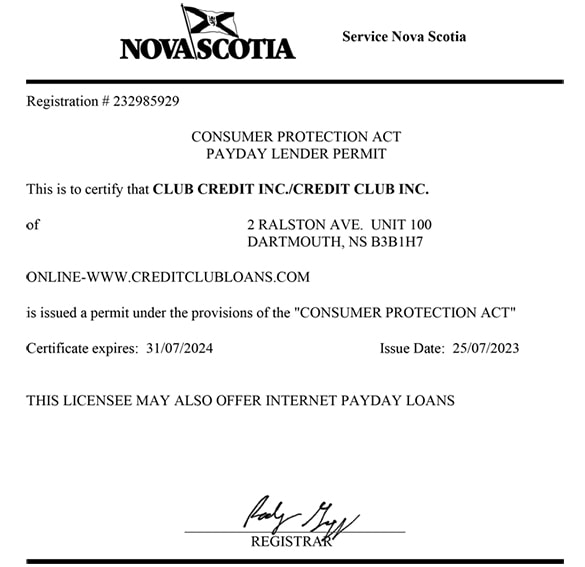Transitioning to Digital Lending Requires Extensive Re-Design
When financial institutions began making the original transition to digitized processes, the main focus was on one goal: replicating paper-based processes with similar digital systems. However, as the years have gone by and new technology has been released, countless companies have realized that digital lending needs to do more than simply eliminate paper.
Now that most everything has been migrated into the digital world, we need to make use of the extensive tools available to us. These tools include the speed and processing potential of computers, and the applications of new technology (such as machine learning) to help improve the overall quality of service being offered.
The Process
While the first steps into the digital world began in the 1990s for the lending industry, both with consumer-facing and internal processes (paperless underwriting, PDF documentation, borrower portals, etc.), it was only recently that a shift began happening in the mindset of lending companies.
Today, since everything is about 99% online and paperless, companies have began seeing room for improvement in many aspects--and so have consumers.
Unfortunately, while going paperless was the first step, the “replication” of paper-based processes in the digital space actually led to some companies taking a step back rather than propelling them forward. For many companies, the initial idea of “digital replication” instead of “digital optimization” led to inefficient operations across the board.
The Next Step
Since this has now been widely recognized, companies are now working to implement today’s technology and revamp the outdated processes that have been migrated online. User experience, especially, has become a focal point for improving the interaction between businesses and their clients in the digital world.
On the back-end, businesses are also finding new ways to streamline processes with automation, personalization, and integration with other data sources. Moreover, innovative use of the technology that’s becoming available to us is allowing some lenders to use digital tools to create value-add services that weren’t previously offered to customers.
Really, there are four trends that can be seen taking hold in front of us:
- The recreation and development of end-to-end workflows
- Finding ways to add the “human touch” to the digital space
- Providing personalized advice in a cost-effective way
- Creating new, value-add services
Conclusion
While it took the industry some time to catch on to the full potential offered by the digital world, companies are now starting to give technology the spotlight it deserves. Businesses are now recreating their processes to leverage technology, allowing them to overcome the flaws that previously hindered their work in paper-based processes. For consumers, this means improved quality of service and (in many cases) even lowered costs and faster turnaround.













